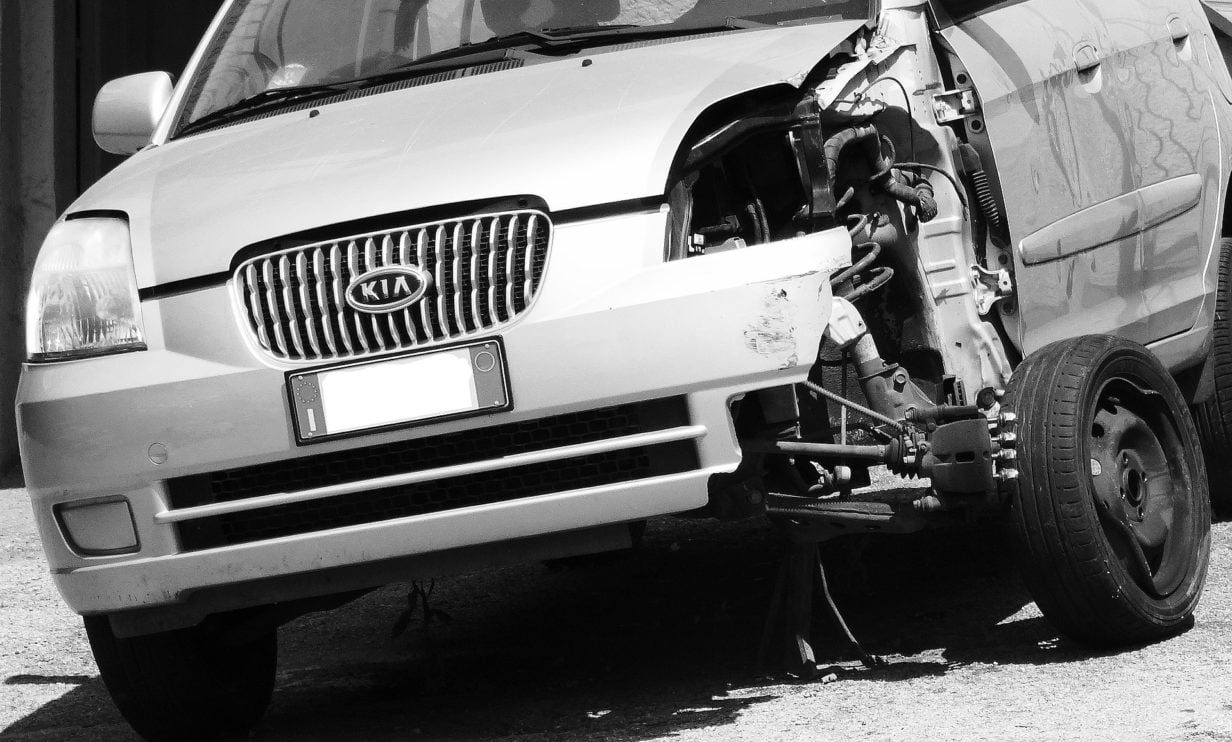
Campus Crashes: Car Accidents Put Coeds At Risk
According to the National Highway Traffic Safety Administration, car collisions are a leading cause of death for young drivers, including college students. Car accidents are caused by a unique combination of factors present on college campuses, including density, frequency of pedestrian-car interactions, and young age populations. These factors combine to create deadly consequences for drivers and pedestrians.
College Commute and Transport
College students take buses, ride a bike, carpool, walk, and drive cars to campus. The college experience and population density facilitate many different modes of transportation to get to and around campus. The frequent interaction between pedestrians and cars means car accidents are more common than in the broader populace.
According to experts, younger drivers are more likely to engage in risky behavior. College students are more likely to engage in this behavior while walking, skateboarding, and biking. When combined with college students’ reduced experience, these factors result in an increased rate of fatal accidents.
Impaired Driving
Drowsy Driving
A common trend among college students is to sacrifice sleep to engage in social activities and study. College students, from those committed to rigorous coursework, such as engineering, to those more involved with social life, test their cognitive limits by losing sleep. Therefore, college students are more likely to drive drowsy. According to the National Sleep Foundation, most crashes or near misses occur between midnight and 2:00 a.m. Further, 23% of respondents say that they know someone who was involved in an accident after falling asleep while driving a vehicle.
Drunk Driving
College students frequently consume alcohol. For many students, college is the first time they are away from their parents; therefore, they are encouraged by social engagement to partake in risky behavior, making it more likely they will be injured in a crash. According to U.S. News & World Report, 20% of college students admit to driving while intoxicated at least once.
Distracted Driving and Walking
Distracted driving is a rising trend among all age groups, but it is particularly acute for young drivers. All drivers are presented with a dizzying array of devices that demand their attention while driving. Cars come outfitted with interactive consoles, and most adults now own a smartphone.
College students are accustomed to constant connection and interaction over the Internet. These risks are further increased based on results from a U.S. Department of Transportation study, which found that texting requires significant engagement from multiple brain regions and impairs driving capability.
Moreover, distracted walking is another issue. Many students do not walk without wearing earbuds or headphones, which muffles outside noise, such as a car horn trying to warn a pedestrian. Pedestrians also walk while looking at their phones, increasing the likelihood they will walk into traffic. The influx of “augmented reality” games, such as Pokemon Go, adds additional distractions.
New Driving Conditions
Finally, many students relocate to attend college, exposing students to unknown driving conditions, inclement weather like ice and snow, or dense highway traffic found in larger cities. These new conditions further increase car accident rates among college students.